Decoding Jigging Rod Actions: Soft vs. Extra-Hard Tips for Targeting Specific Species & Depths
When it comes to jigging rod selection, understanding the difference between soft-tip and extra-hard tip designs is crucial for maximizing your fishing success. Whether you’re targeting shallow-water species or deep-sea predators, the right rod can make all the difference in presentation, sensitivity, and hook-setting power. In this guide, we’ll break down how these two critical tip types perform across various scenarios and highlight key jigging rod models to consider for your next adventure.
The Science of Jigging Rod Tips: Soft vs. Extra-Hard
Jigging rods are defined by their tip flexibility, which directly impacts how they interact with bait, lures, and fish. Here’s a breakdown of the two primary tip styles:
1. Soft-Tip Jigging Rods: Precision and Sensitivity for Delicate Presentations
Soft-tip jigging rods (think flexible, responsive tips) excel in scenarios requiring finesse. Their pliable tips allow for:
- Subtle lure movement: Ideal for mimicking injured baitfish or enticing finicky species like grouper, snapper, or amberjack in shallow to mid-depth waters (10–100 feet).
- Early bite detection: The softness transmits even the slightest tap, helping anglers react quickly to tentative strikes.
- Reduced fish stress: Gentle hook-setting minimizes injury, which is perfect for catch-and-release or trophy fishing.
Example Model: The Goofish Slow Pitch Rod combines a soft, slow-pitching tip with a medium-power backbone, making it a go-to for inshore jigging and trolling applications. Its design balances sensitivity with enough backbone to handle medium-sized species without sacrificing control.
2. Extra-Hard Tip Jigging Rods: Power and Durability for Aggressive Tactics
Extra-hard tip jigging rods (stiff, rigid tips) are built for high-stakes fishing. Their robust construction offers:
- Deep-water penetration: Stiff tips efficiently transfer energy to lures, driving them downward in fast currents or deep structures (200+ feet), perfect for tuna, marlin, or wahoo.
- Powerful hook-sets: The rigidity ensures instant, aggressive setting, even on large fish that fight with brute force.
- Abrasion resistance: Hard tips withstand contact with rocks, reefs, or rough bottoms, extending the rod’s lifespan in demanding environments.
Example Models:
- The 2-Piece Jigging Rod with a solid nano-carbon tip combines hardness with lightweight durability, ideal for offshore jigging where portability and strength matter.
- The Overhead Jigging Rod features an extra-hard tip designed for vertical jigging techniques, delivering maximum power in deep-sea battles against monster fish.
Choosing the Right Rod for Your Target
Selecting between soft and hard tips depends on three key factors:
Species Profile
- Soft tips: Grouper, snapper, cod, and other bottom-dwellers that prefer subtle presentations.
- Extra-hard tips: Tuna, mahi-mahi, marlin, and aggressive predators that respond to aggressive, fast-moving lures.
Depth & Structure
- Shallow to mid-depth (10–100ft): Soft tips dominate for inshore flats, estuaries, or reef fishing.
- Deep water (200ft+) or heavy structure: Extra-hard tips provide the necessary spine to punch through current and maintain control.
Jigging Technique
- Slow-pitch jigging: Soft tips excel at creating lifelike, undulating movements.
- Vertical jigging/Blitz jigging: Extra-hard tips handle rapid, powerful lifts and drops.
Maximizing Performance: Key Rod Features to Look For
Beyond tip type, consider these specs for your jigging rod:
- Power rating: Match to your target’s size (light, medium, heavy).
- Action: Fast-action rods (stiff through the tip) suit speed jigging; moderate-action balances sensitivity and power.
- Material: Nano-carbon or high-modulus graphite enhances sensitivity and durability (e.g., the Solid Nano Jigging Rod’s construction).
- Length: Shorter rods (6–7ft) for tight spaces; longer rods (7–8ft) for deeper casting and leverage.
Conclusion
Whether you’re a weekend warrior targeting local reefs or a pro angler chasing offshore giants, understanding the role of soft vs. extra-hard tips in jigging rods is essential. By aligning your rod choice with your target species, fishing depth, and technique, you’ll boost your catch rates and enjoy a more satisfying experience on the water.
Ready to upgrade your gear? Explore models like the Goofish Slow Pitch Rod, 2-Piece Jigging Rod, and Overhead Jigging Rod—each designed with specific fishing scenarios in mind. Remember: the right rod isn’t just a tool—it’s an extension of your fishing strategy.
Ready to share your jigging rod secrets? Drop a comment below with your favorite tip type and target species!



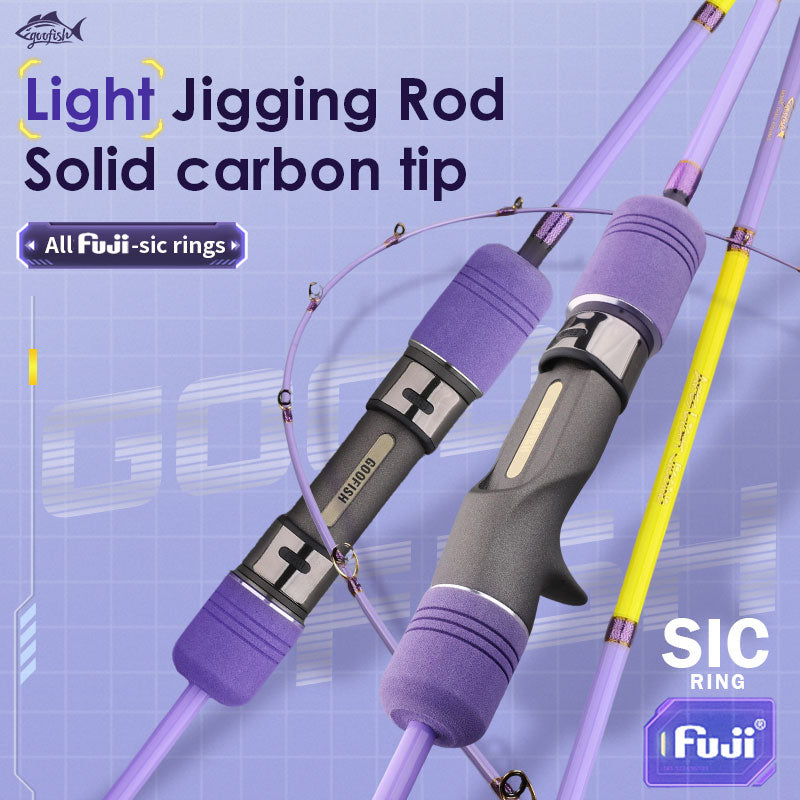
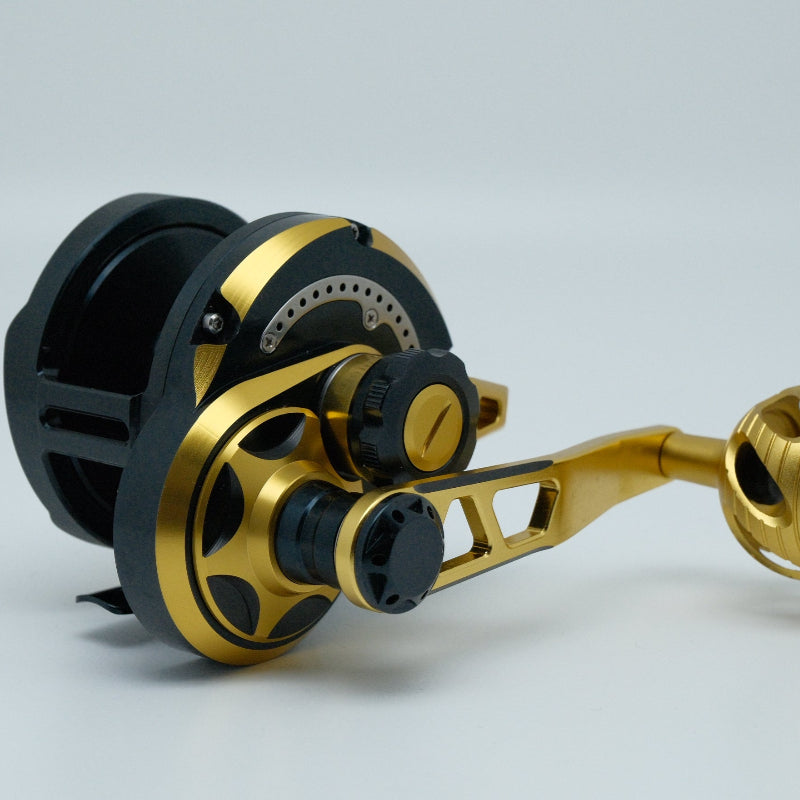
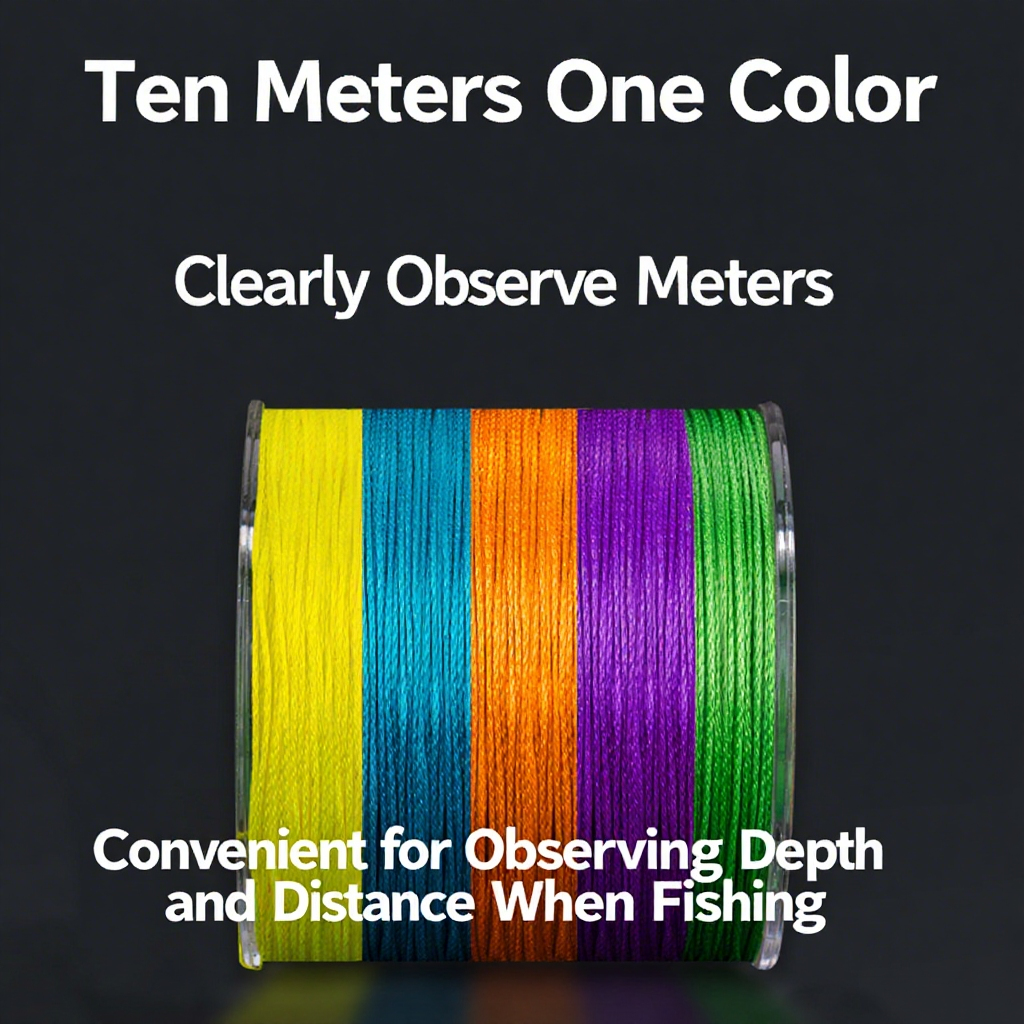
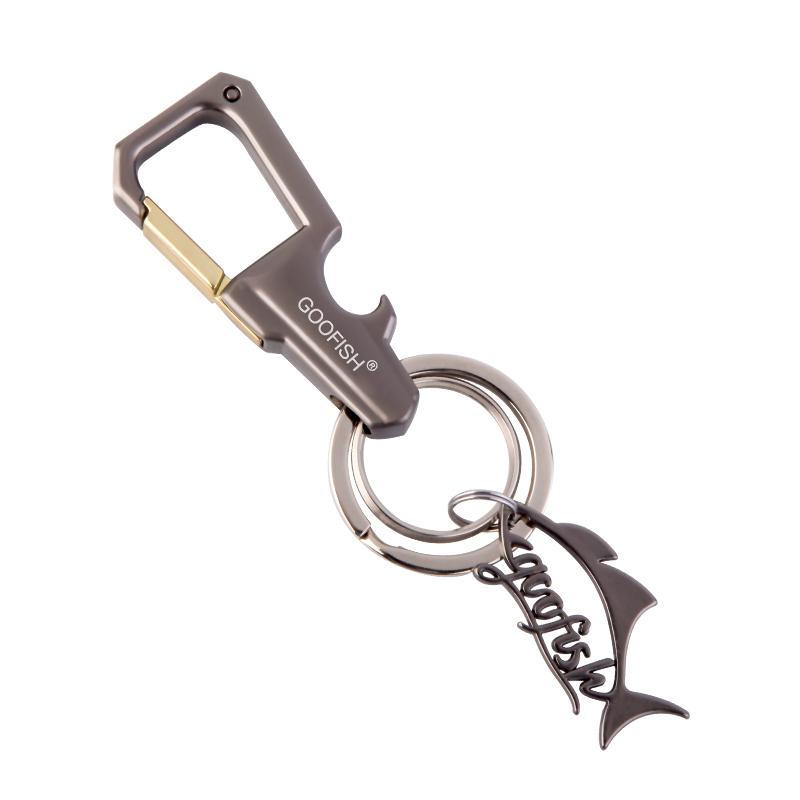



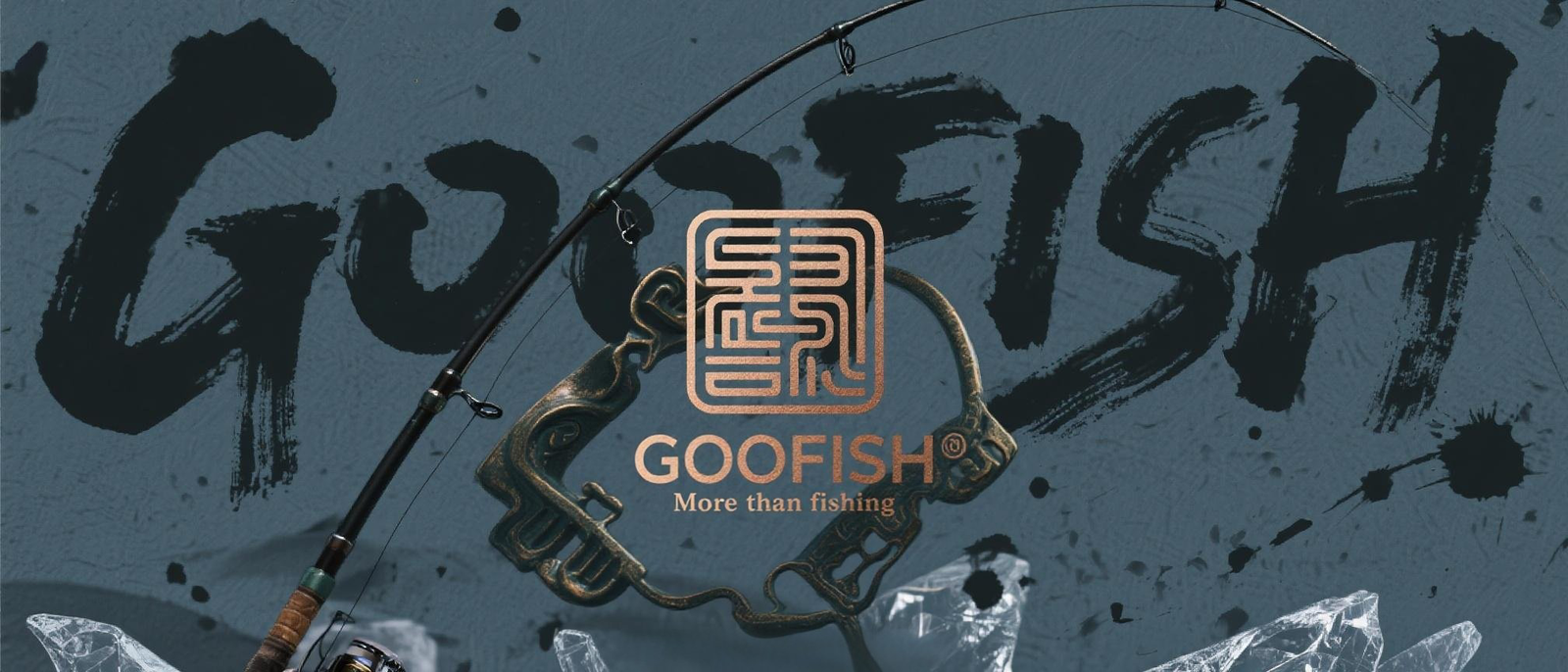
Leave a comment